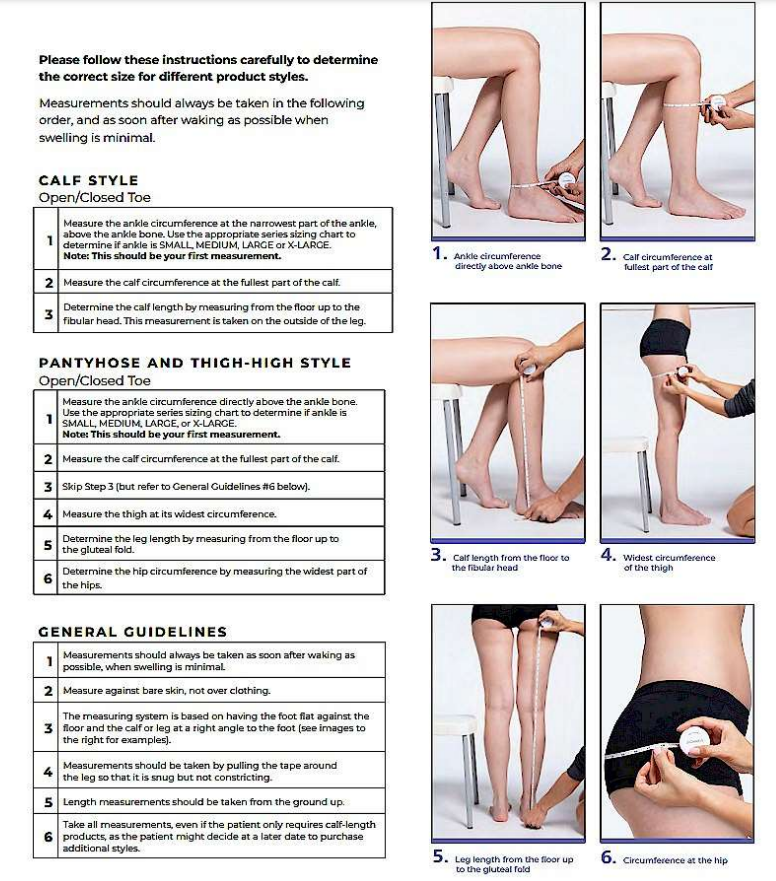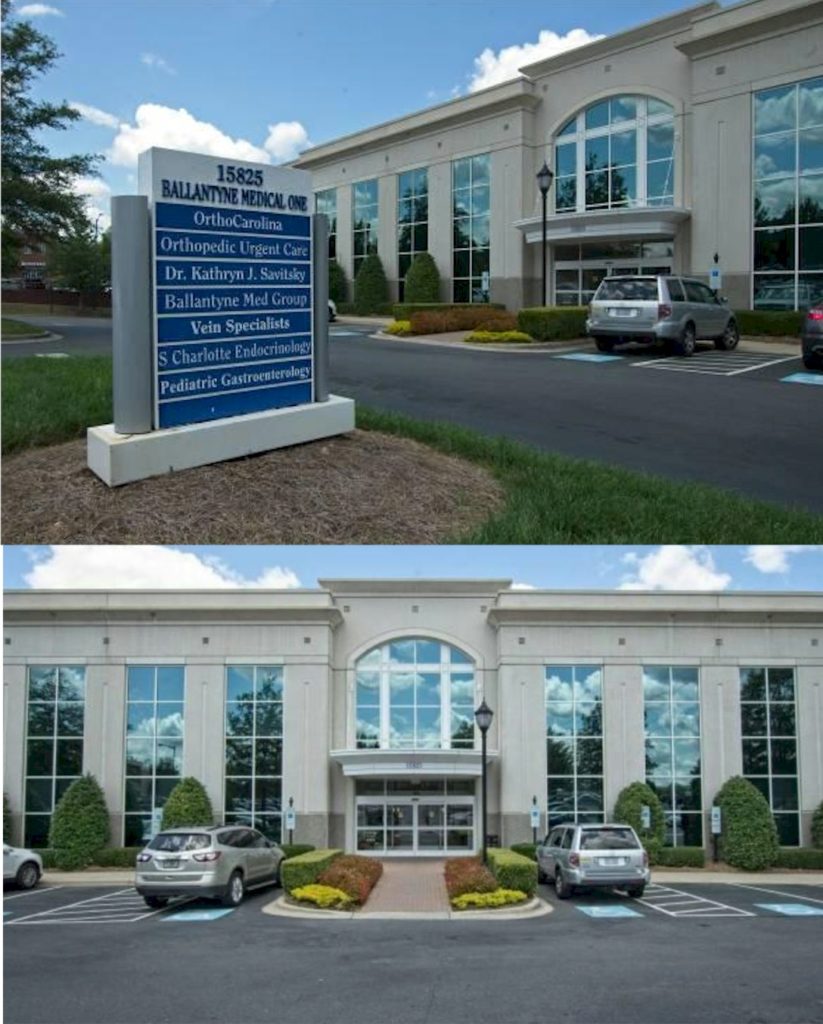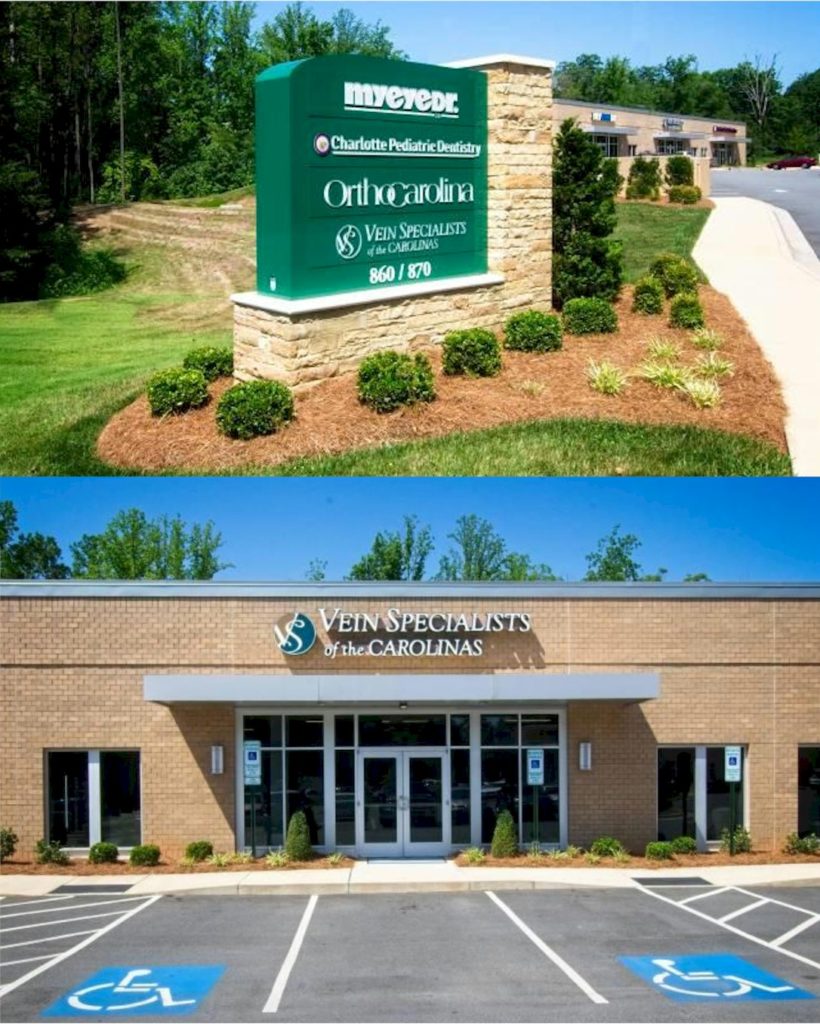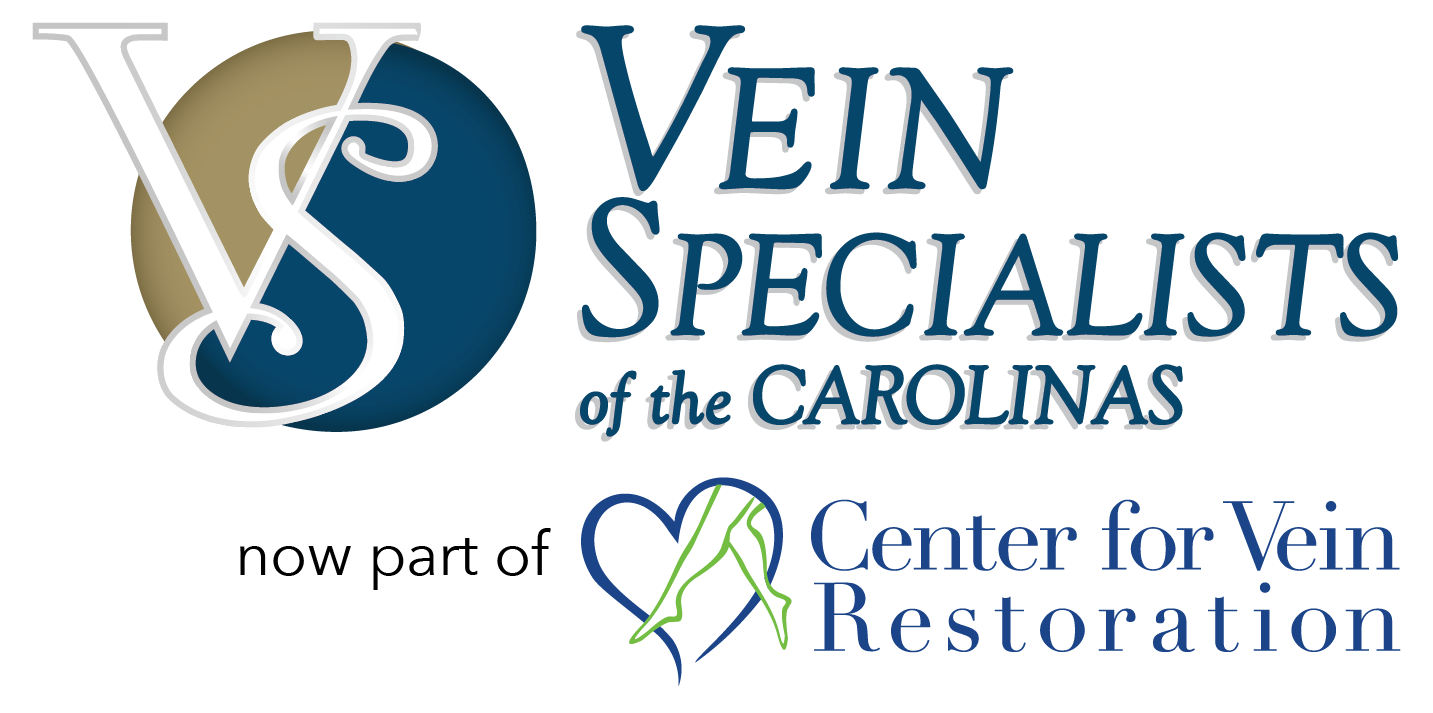Compression Garments
Vein Specialists of the Carolinas
Compression Education
Video Series
Let’s Talk Compression Garments
How To Put On/Take Off Compression Garments
How To Measure Your Compression Garments
Compression Garments – Questions & Answers
Benefits of Compression
Garments and Products
At Vein Specialists of the Carolinas provide a wide variety of styles and sizes in Compression Therapy including socks, stockings, tights and leggings.
Compression Garments:
Principles of Compression Therapy:
The concept of compression therapy lies on a simple and efficient mechanical principle: the application of an elastic garment around the leg.
- Graduated compression of the leg- strongest at the ankle decreasing up the leg
- Promotes venous return
- Decreases venous pressure
- Prevents venous stasis
- Reduces edema
- Relieves symptoms of heavy achy legs
Treatment with Compression Therapy:
- Prescribed by a physician or clinician to treat the symptoms of venous disease
- Prescribed during the healing phase after venous procedures for varicose and spider veins
- Prescribed to prevent venous issues for patients at high risk, women during pregnancy and someone traveling long distance
People who benefit from graduated Compression Therapy:
- stand or sit for long periods of time daily
- have been prescribed anticoagulants
- frequent or long distance travel
- are pregnant
- history of Deep Vein Thrombosis (DVT)
- swelling in their legs and feet
- have or history of varicose and/or spider veins
Contraindicated in people with:
- Severe arterial insufficiency, intermittent claudication, ischema
- Uncontrolled congestive heart failure
- Skin sensitivities or allergies
- Advanced neuropathy with sensory loss in the leg or foot
- Diabetes with arterial compromise
Compression Level |
Indications |
| 10 – 20 mmHg |
|
| 20 – 30 mmHg |
|
| 30 – 40 mmHg2 |
|
| >40 mmHg2 |
|
Compression Garments Measuring Instructions
Please follow these instruction carefully to determin the correct size for different types of garments.
Healthy Leg Tips
- Avoid sitting or standing for long periods of time.
Circulation improves with physical activity, so GET UP! Take a short walk, climb stairs, or make an effort to move around the office and at home.
Prolonged sitting or standing may increase leg pain and swelling. - Avoid extended exposure to heat from sunbathing, hot baths, or the sauna.
Excessive heat causes veins to dilate and may induce swelling - Elevate your legs.
To boost your body’s natural circulation, elevate your legs throughout the day - Exercise.
To help improve circulation:
- Manage your weight.
Carrying excess weight often makes leg symptoms worse including swelling - Wear graduated compression socks and stockings.
CHARLOTTE, NC
Phone
Hours
Mon.-Thurs.: 7:30am - 4:30pm
Friday: 7:30am-12:30pm
Address
15825 Ballantyne Medical Place,
Ste. 240
Charlotte, North Carolina 28277
GASTONIA, NC
Phone
Hours
Mon.-Thurs.: 7:30am - 4:30pm
Friday: 7:30am-12:30pm
Address
860 Summit Crossing Place,
Ste. 120
Gastonia, North Carolina 28054







